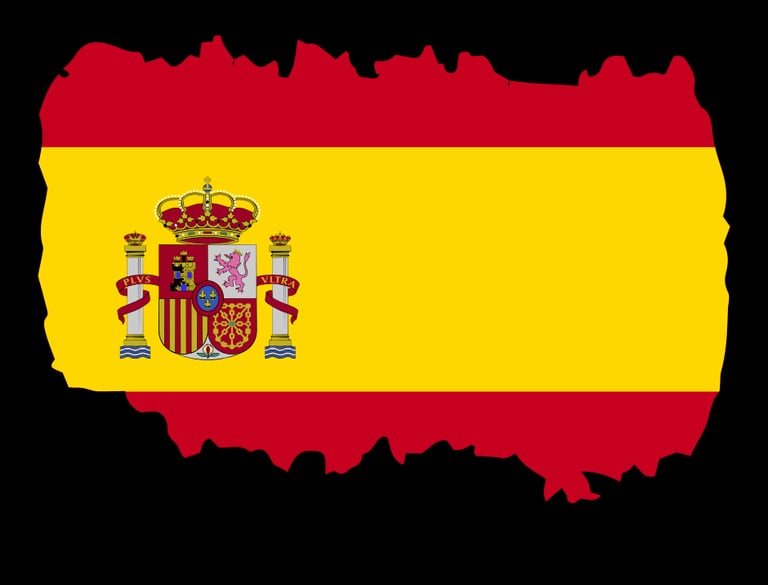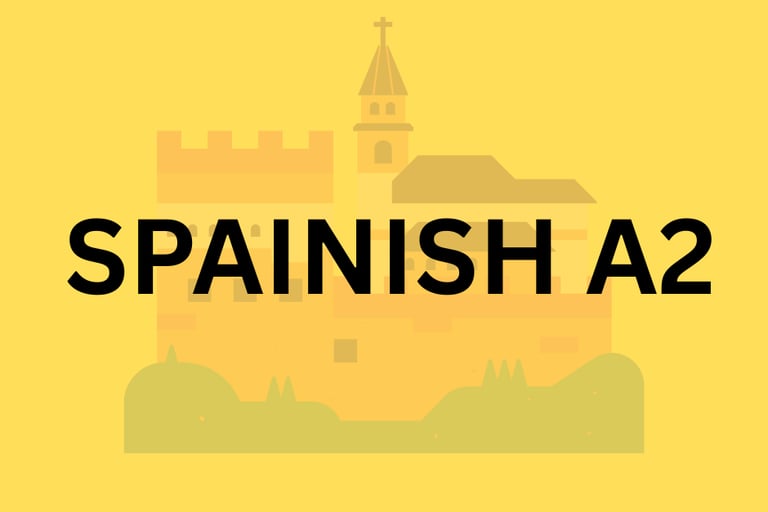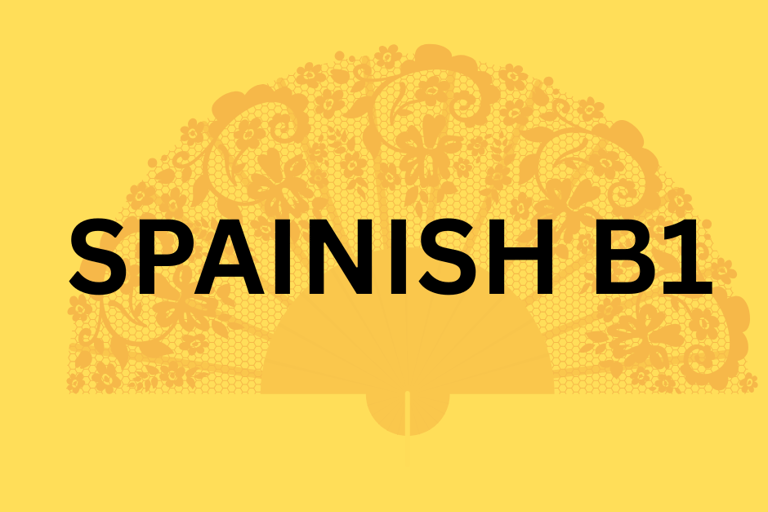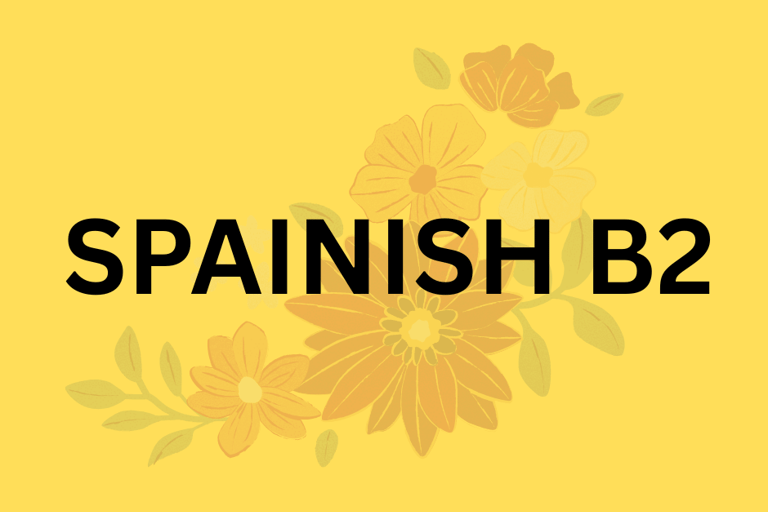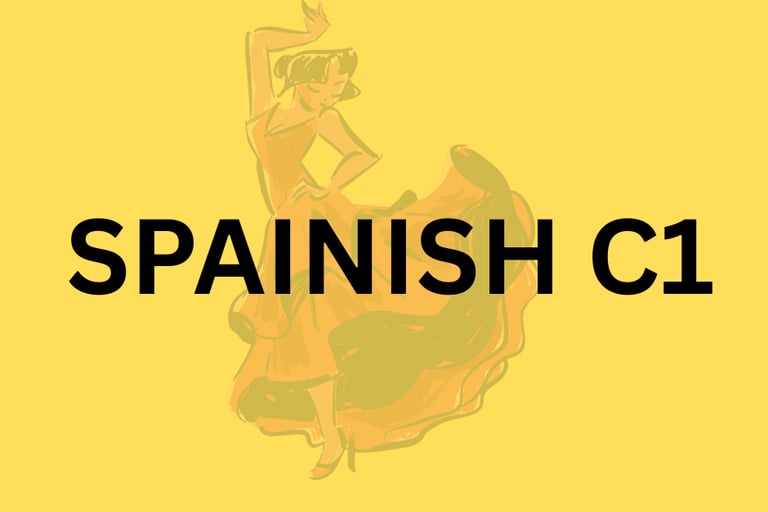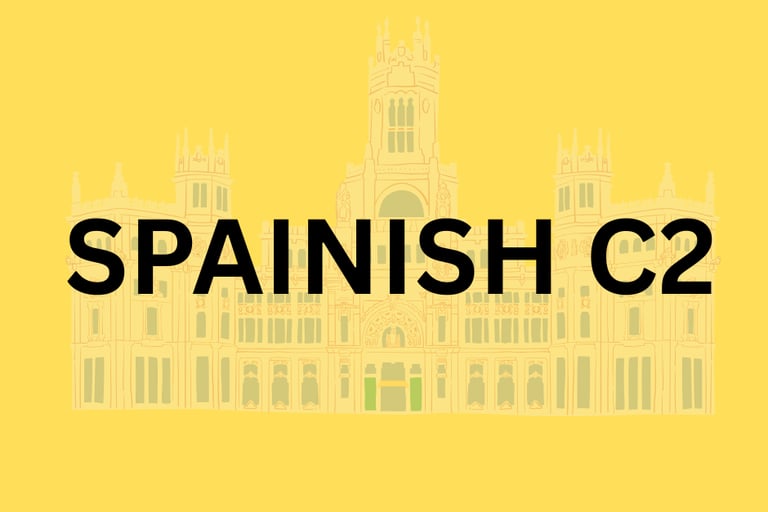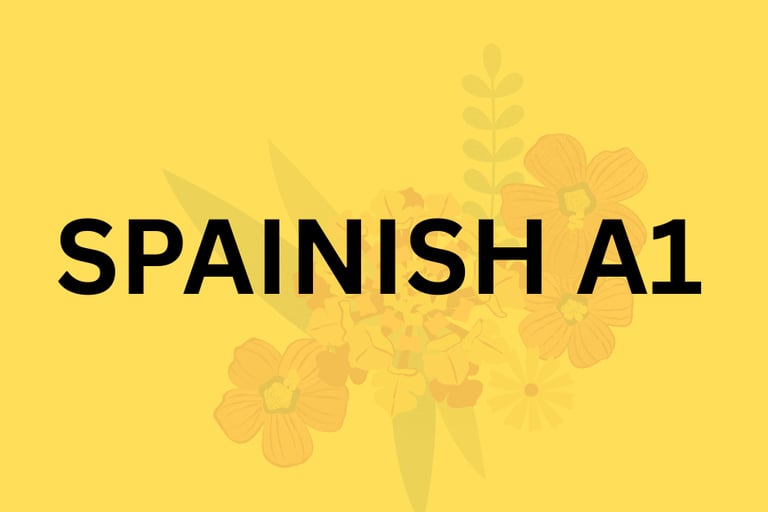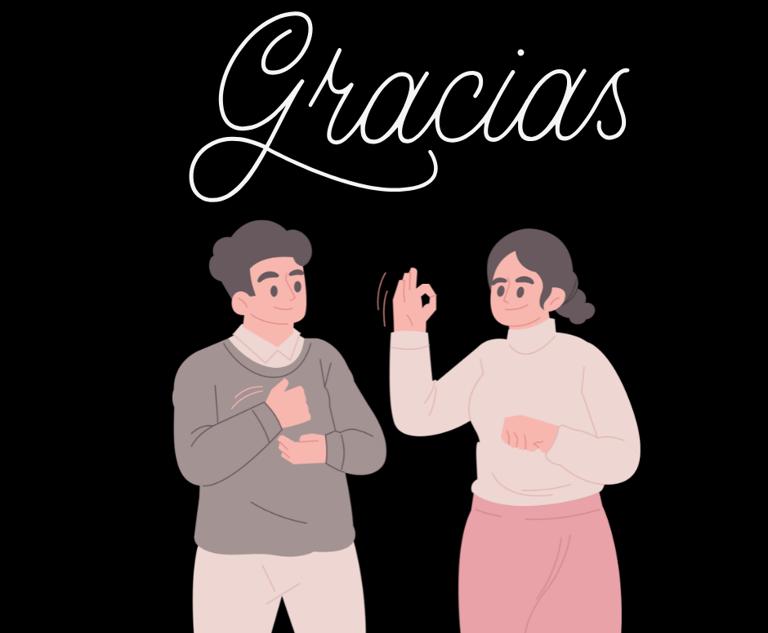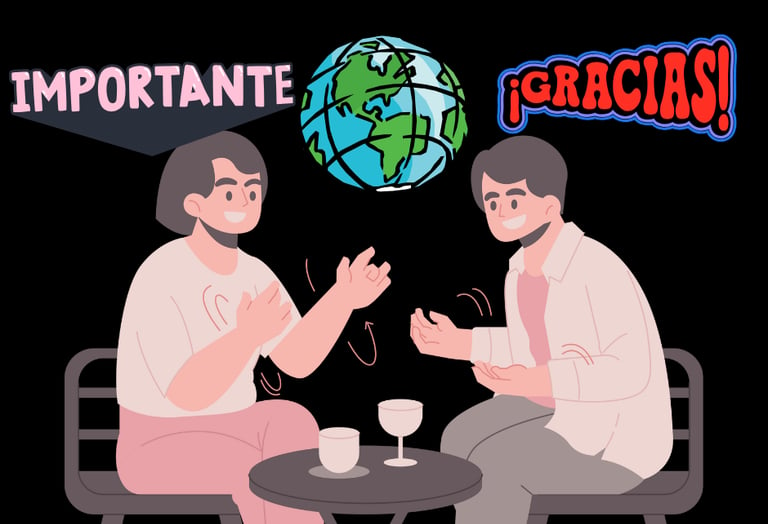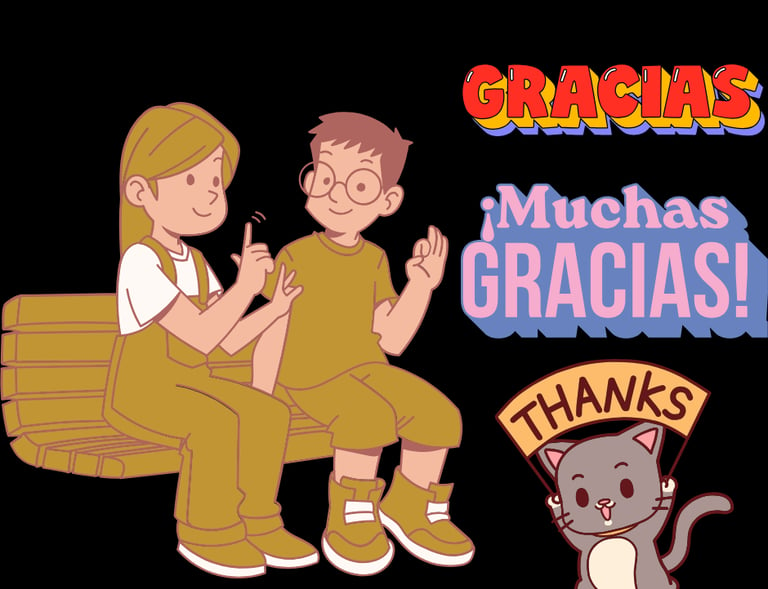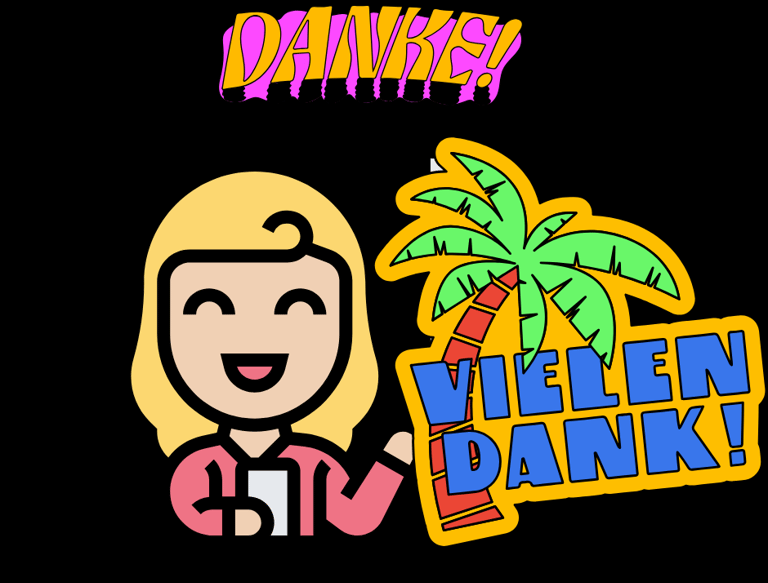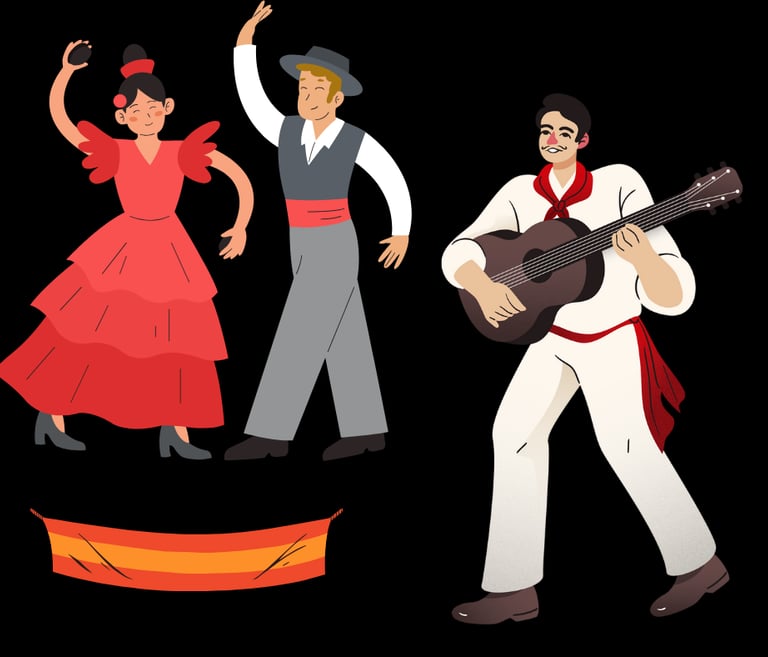Spanish language
Learning Spanish is like scoring a golden ticket to chat with over 500 million people worldwide. The DELE levels are your trusty roadmap—from saying hola to debating fútbol tactics and flamenco flair like a pro. Each step boosts your confidence, opens doors to rich cultures, lets you savor authentic paella, and—of course—helps you roll your r's with irresistible style.
ROADMAP TO LEARN SPANISH LANGUAGE
🇪🇸 Spanish A1 Level – The Absolute Beginner’s Roadmap
Welcome to A1, where you’ll build the foundations of the Spanish language. At this level, your goal is to survive and smile — think greetings, introductions, basic questions, and simple responses in everyday situations.
Imagine being dropped into Spain or Latin America with just this toolkit — and still being able to ask for a coffee, find the bathroom, or make a new friend. That’s A1 power!
🗣️ 1. Speaking – Your First Real Conversations
By the end of A1, you’ll be able to:
Introduce yourself and others (name, nationality, age, profession)
Say where you’re from and where you live
Talk about your daily routine, likes and dislikes
Ask and answer basic questions (Where’s the bus stop? What’s your phone number?)
Speak about your family, home, and hobbies
Make simple restaurant orders, hotel reservations, or greet someone on the street
Express how you feel — “I’m tired”, “I’m happy”, “I’m hungry!”
You’ll use clear, short sentences — not fancy, but functional and friendly.
📚 2. Vocabulary – 600–800 Essential Words
At A1, you’ll gather your first core word bank, including:
Numbers (1–100+), days, months, and time expressions
Colors, weather, clothing, food, and drinks
Places in town: restaurant, station, hospital, etc.
Common verbs: to go, to eat, to have, to want, to like, etc.
Family terms: mother, brother, cousin, etc.
Basic adjectives: big, small, hot, cold, happy, sad
Polite phrases: thank you, please, excuse me, sorry
These are the words that help you navigate life simply but effectively.
🧱 3. Grammar – Easy Structures That Work
Here’s what you’ll master at the A1 level:
Present tense of regular and some irregular verbs (like ser, tener, estar, ir)
Subject pronouns (I, you, he, she, etc.)
Basic sentence structure: Subject + verb + object
Simple questions and answers: Where do you live? What’s your name?
Negation: “I don’t like coffee”, “She isn’t here”
Basic adjective agreement: “Un chico simpático” vs. “Una chica simpática”
Introduction to articles (the, a/an): el, la, un, una
It’s all about clarity and confidence — building blocks that let you say real things, even with limited tools.
👂 4. Listening – Everyday Survival Skills
You’ll be able to understand:
Slow, clearly spoken Spanish
Simple conversations at a shop, airport, or cafe
Short dialogues with common phrases
Personal information (name, address, phone number)
Familiar expressions like “I don’t understand”, “Can you repeat?”
You might not catch everything, but you’ll grasp the gist — especially if people speak slowly.
📖 5. Reading – Basic Texts and Signs
You’ll be able to read:
Simple emails, postcards, and text messages
Menus, signs, timetables, and basic instructions
Basic dialogues and short paragraphs in textbooks
Personal information on forms or websites
Reading helps reinforce vocab, structure, and gives confidence with written Spanish.
✍️ 6. Writing – Short and Sweet
You’ll be able to write:
Your name, nationality, and address
Simple sentences about your family, likes, and hobbies
Short notes, forms, or social media captions
Very basic descriptions of people or places
Think of it like texting — quick, simple, and practical.
🌎 7. Real-Life Use Cases
With A1 Spanish, you can:
✅ Say hello and introduce yourself to Spanish speakers
✅ Ask for directions and understand simple responses
✅ Order food or drinks in a restaurant
✅ Go shopping and ask for prices or sizes
✅ Describe your day or talk about your routine
✅ Travel with more confidence in Spanish-speaking countries
🚀 Why A1 Matters
It gives you instant utility in the real world
It lays the foundation for everything to come — you can’t build a house without the ground floor
It makes learning Spanish fun, social, and confidence-building
🇪🇸 Spanish A2 Level – The Road to Everyday Fluency
This is the pre-intermediate stage where things get more expressive and real. You’re learning to talk about your past, share your opinions, and understand longer conversations.
You’ll gain the confidence to navigate most everyday situations — in shops, hotels, buses, conversations, and even a bit of small talk!
🗣️ 1. Speaking – From “Hello” to Real Chat
By the end of A2, you’ll be able to:
Talk about your daily life, work, and weekend plans
Describe your home, town, and routines in detail
Talk about your past experiences (e.g., trips, childhood)
Express future plans using common future forms
Speak about your preferences and opinions
Engage in basic social conversations — asking and answering about movies, food, travel
Handle simple problem-solving situations — booking issues, asking for help, etc.
This level is where you start feeling like a real communicator.
📚 2. Vocabulary – 1,500 to 2,000 Words
At A2, your vocabulary expands to include:
Food and cooking: ingredients, utensils, simple recipes
Health and the body: describing symptoms and visiting a doctor
Shopping: clothing, materials, prices, preferences
Hobbies and sports: music, films, outdoor activities
Travel: booking a hotel, planning a trip, describing places
Daily life and routines
Time expressions: yesterday, last week, next year, often, sometimes
Feelings and emotions: happy, tired, nervous, excited, etc.
You’ll be able to say a lot more about your world.
🧱 3. Grammar – Building Tenses and Complexity
At A2, grammar moves beyond just the present. You’ll work with:
a. Past Tense Forms
Preterite: for completed actions (e.g., "I went", "We visited")
Imperfect: for habits and descriptions in the past (e.g., "I used to", "It was cold")
b. Future Expressions
Using “ir a + infinitive” (I’m going to do something)
Simple future tense introduction
c. Reflexive Verbs
Daily routines: waking up, getting dressed, going to bed
d. Comparatives and Superlatives
Better, worse, the best, more than, less than
e. Direct and Indirect Object Pronouns
“I see him”, “She gives it to me”
f. More Complex Questions and Negatives
Asking “Why don’t we...?”, “What did you do yesterday?”
👂 4. Listening – Conversations with Context
You’ll now understand:
Longer conversations and short stories
Announcements at airports, stations, or shops
Descriptions of people, places, and events
Conversations about hobbies, jobs, and travel plans
Requests, suggestions, and offers
Audio with familiar accents and topics, even at a moderate speed
You might not catch every word, but you’ll follow the main idea with confidence.
📖 5. Reading – Practical Texts
You’ll be able to read:
Emails, letters, postcards, and online messages
Descriptions of places, people, events
Brochures, travel guides, menus, timetables
News snippets or basic blog posts
Instructions and signs
Short fictional texts or dialogues
Reading becomes an enjoyable tool for learning context and vocabulary.
✍️ 6. Writing – Functional and Personal
You’ll now be able to write:
Short narratives: what you did last weekend, your last holiday
Descriptions: your house, a movie, your favorite restaurant
Messages and emails to friends or service providers
Opinions with simple justifications (“I like it because...”)
Notes and short posts on social media
This is your time to start expressing your unique voice in writing.
🌎 7. Real-Life Use Cases
With Spanish A2, you can:
✅ Describe your life, surroundings, and experiences
✅ Go to a doctor and explain basic symptoms
✅ Manage travel independently: booking rooms, buying tickets
✅ Handle daily interactions: shopping, eating out, asking for info
✅ Talk about your past, future plans, and preferences
✅ Have real conversations with native speakers, even if simple
🚀 Why A2 Matters
You move from simple survival to independent interaction
You begin to express your thoughts, feelings, and stories
You build the base for deeper comprehension in the next stages
Travel becomes more enjoyable — you understand and are understood!
Learning Spanish is like unlocking the secrets of vibrant cultures—one lively step at a time. The CEFR levels (A1 to C2) serve as your trusty roadmap, taking you from friendly greetings to spirited conversations about art, history, or fútbol. Each level opens a new door to understanding, helping you dive into the flavors, rhythms, and voices of the Spanish-speaking world. The journey? As thrilling as a flamenco performance—full of rhythm, passion, and unforgettable discovery.
🇪🇸 Spanish B1 Level – The Confident Conversationalist
At B1, you move from understanding and using basic language to expressing yourself in real-world, unpredictable situations. You’re able to sustain conversations, share your opinions, talk about abstract topics, and even defend your ideas a bit!
🗣️ 1. Speaking – Expressing Yourself in Real Life
By the end of B1, you’ll be able to:
Maintain conversations on everyday and personal topics
Share your opinions and experiences, with reasons
Describe your future goals and plans, and past memories in detail
Talk about news, events, and social issues in a simple way
Make suggestions, complaints, and recommendations
Handle unexpected situations while traveling or working
Express emotions, intentions, and doubts
Your language is more natural, and your confidence shows.
📚 2. Vocabulary – 2,500 to 3,500+ Words
You’ll now expand your vocabulary across a wider range of real-life themes:
Jobs, careers, and the workplace
Education and learning styles
Travel, transport, and tourism
Relationships, feelings, and personality traits
Culture, traditions, and holidays
Media and technology: movies, apps, social media, news
Health and fitness: advice, routines, common conditions
Environment and society: basic sustainability vocabulary
This vocabulary lets you join real-world conversations and participate actively.
🧱 3. Grammar – Time to Flex
Now you begin to use a variety of tenses and moods comfortably. Here’s what you’ll master:
a. Past Tenses
Distinguishing between preterite and imperfect
Using present perfect (I have done)
Introducing past perfect (I had done)
b. Future Tenses
Both informal (going to) and formal (simple future)
c. Conditional Tense
“I would go”, “She would help me”
d. Subjunctive Mood (Intro)
After expressions like “I want that...”, “It’s important that...”
For giving opinions, doubts, and hopes
e. Pronouns
Mastery of direct, indirect, and reflexive pronouns in complex sentences
f. Relative Clauses
“The man who lives here...”, “The book that I read...”
Grammar at B1 becomes a real tool, not a struggle.
👂 4. Listening – From Simple to Substance
At B1, you can now understand:
Native speakers speaking at normal speed, if the context is familiar
Interviews, radio clips, and podcast segments on common topics
Conversations that include opinions, explanations, and arguments
Instructions, tutorials, or directions
Movies or series with subtitles or slower delivery
You won’t catch everything, but you’ll follow the plot and main ideas.
📖 5. Reading – Real-World Materials
At this level, you’ll comfortably read:
Blogs, news articles, and magazine content
Letters and emails for personal or professional communication
Short stories and simplified novels
Website content, product reviews, or guides
Flyers, instructions, and advertisements with nuance
You start to enjoy reading not just to learn, but to understand.
✍️ 6. Writing – From Notes to Narratives
At B1, you can write:
Structured emails, letters, and texts
Short essays giving opinions or sharing experiences
Event descriptions, trip reports, or journal entries
Simple arguments and perspectives
Social media posts or blogs with personality and structure
Writing becomes more natural and expressive, with better grammar and flow.
🌎 7. Real-Life Use Cases
With Spanish B1, you can:
✅ Travel independently and handle most situations
✅ Communicate clearly at work, school, or social events
✅ Understand TV, news, and radio on general topics
✅ Handle customer service issues, complaints, and feedback
✅ Join group conversations and make your voice heard
✅ Express personal stories, future goals, and feelings with ease
🚀 Why B1 Is a Game-Changer
It’s the point where Spanish becomes yours
You begin to live in the language, not just study it
You can think, reason, and explain in Spanish
You're ready to explore deeper conversations, travel more confidently, and interact naturally
🇪🇸 Spanish B2 Level – The Confident Communicator
At B2, you can communicate spontaneously with native speakers, understand complex ideas, and express yourself with depth, nuance, and clarity. You can handle real-world Spanish — from a business meeting to a Netflix series — without constantly translating in your head.
🗣️ 1. Speaking – Natural, Nuanced, and Fluid
By the end of B2, you’ll be able to:
Speak fluently and spontaneously in most conversations
Describe situations and events in detail, with opinions and justifications
Debate social issues like education, technology, environment, etc.
Use idiomatic expressions and turns of phrase
Take part in discussions with natural linking words and flow
Talk about abstract and hypothetical topics
Adapt your speech depending on who you’re talking to (formal/informal)
At this point, your Spanish has character — and you sound like you, just in another language.
📚 2. Vocabulary – 4,000 to 6,000+ Words
You’ll be familiar with vocabulary in areas like:
Work and career: job interviews, CVs, workplace dynamics
Social issues: poverty, education, environment, mental health
Media and current affairs: expressing opinions on news, trends
Technology: digital life, apps, cybersecurity, online culture
Art, literature, cinema, and music
Philosophical and emotional vocabulary: hope, regret, nostalgia, ambition
Cultural expressions and regional vocabulary (Latin American vs. Spain)
You can hold your own in a wide range of conversations with precise words.
🧱 3. Grammar – Sophisticated but Solid
At B2, you master advanced grammar, including:
a. Subjunctive Mood Mastery
Present and past subjunctive: “I hope he comes”, “If I had known…”
Subjunctive in conditional sentences, emotions, doubts, wishes
b. Complex Sentence Structures
Indirect speech: “She said that she would go if she had time”
Relative clauses: “The person whose book I borrowed...”
Passive voice: “The decision was made by...”
Reported questions and instructions
c. Advanced Verb Tenses
Pluperfect (había comido), future perfect (habré terminado), conditional perfect (habría ido)
d. Conjunctions and Linkers
Whereas, although, despite, in order to, as long as, unless...
Now, your grammar supports your message, rather than holding you back.
👂 4. Listening – Fast, Fluent, and Varied
At B2, you can now understand:
TV shows, movies, and radio with near-native pace
Podcasts and interviews, even with accents or complex topics
Group conversations or debates
Spoken Spanish with slang or regional differences
Detailed instructions and advice
Your listening feels natural and intuitive in most daily contexts.
📖 5. Reading – Authentic and Engaging Content
You’ll be reading:
Full news articles, essays, and opinion pieces
Short novels, short stories, or adapted classics
Professional documents: reports, manuals, guidelines
Blogs and social media posts with humor or sarcasm
Cultural and literary texts
You’re not just reading — you’re understanding tone, implication, and style.
✍️ 6. Writing – Articulate and Structured
You’ll be able to write:
Detailed emails, formal letters, and reports
Well-structured essays with arguments and evidence
Narratives with past, present, and future tenses
Blog-style reflections or opinion pieces
Application letters, CVs, and professional correspondence
Writing becomes a true creative and professional skill in Spanish.
🌎 7. Real-Life Use Cases
With Spanish B2, you can:
✅ Work or study in a Spanish-speaking environment
✅ Participate in meetings, presentations, and academic discussions
✅ Travel confidently and hold deep conversations with locals
✅ Understand TV, films, and books with minimal help
✅ Function independently in professional, academic, and cultural settings
🚀 Why B2 Is a Major Milestone
It’s the level most people aim for to become “fluent”
You can communicate naturally, even in unexpected situations
It’s your launchpad to C1 fluency and specialization
You now think, react, and respond in Spanish — you’re living the language
🇪🇸 Spanish C1 Level – The Sophisticated Speaker
At C1, you can understand and produce complex, well-structured, and detailed communication, both spoken and written. You speak fluently, naturally, and flexibly, even on unfamiliar or abstract topics.
In short, you don’t just speak Spanish — you live in it.
🗣️ 1. Speaking – Persuasive, Precise, and Polished
You’ll be able to:
Express nuanced opinions and defend them convincingly
Adapt your language to formal and informal situations smoothly
Speak confidently on abstract, academic, or cultural topics
Use idiomatic expressions, rhetorical devices, and tone effectively
Tell stories, explain ideas, or give instructions with coherence and impact
Handle professional discussions, meetings, interviews, or debates
Discuss topics like identity, globalization, culture, ethics, psychology, etc.
People may not even realize Spanish isn't your first language unless you tell them.
📚 2. Vocabulary – 6,000 to 8,000+ Words
Your vocabulary is now rich, diverse, and deep. You’ll learn words from:
Politics and current affairs
Philosophy and psychology
Literature, film, and art critique
Economy and business
Science and technology
Emotions, gestures, and subtle cultural meanings
Regional expressions from various Spanish-speaking countries
Colloquial phrases, sarcasm, humor, and euphemisms
You’ll be able to speak with accuracy and elegance, choosing the right word for every context.
🧱 3. Grammar – Near Mastery
At C1, grammar becomes your ally — fluent, flexible, and intuitive. You’ll master:
a. Subjunctive (All Tenses)
Present, past, and compound forms
Hypotheticals, emotions, indirect speech, and nuanced intentions
“If I had known, I would have...” / “It’s not that I don’t want to, but...”
b. Complex Sentence Structures
Conditional and concessive clauses
Inversion and passive transformations
Advanced connectors (no obstante, a pesar de que, por consiguiente...)
c. Indirect Speech
Mastering tense changes and nuances in reported speech
d. Verb Tense Precision
Differentiating subtle timelines using compound tenses and periphrasis
You’re no longer just correct — you’re refined and strategic.
👂 4. Listening – Native Speed? No Problem.
At this level, you’ll understand:
Fast-paced TV shows, films, and interviews, even with slang or regional accents
Academic lectures, podcasts, and technical discussions
Sarcasm, idioms, and double meanings
Radio and group conversations, even in noisy environments
You won’t just follow — you’ll anticipate, interpret, and respond.
📖 5. Reading – From Literature to Research
You can now read:
Editorials, essays, and analytical articles
Unadapted literary works, novels, and short stories
Technical or academic texts from various fields
Complex contracts or manuals, formal documents
Satire, opinion pieces, and nuanced writing
You don’t just “read” — you analyze, reflect, and critique in Spanish.
✍️ 6. Writing – Articulate and Elegant
You can write:
Essays and reports with strong arguments and conclusions
Formal correspondence: job applications, academic letters, legal communication
Opinion articles, blog posts, or reflective narratives
Creative writing with stylistic devices, imagery, and rhythm
Summaries and analyses of complex texts
Your writing is structured, persuasive, and expressive, with tone control and clarity.
🌎 7. Real-Life Use Cases
With Spanish C1, you can:
✅ Study at a university or do research in Spanish
✅ Work in a Spanish-speaking company, attend interviews, and give presentations
✅ Participate in debates, conferences, and cultural events
✅ Build deep relationships in Spanish, from casual friends to professional contacts
✅ Understand native speakers in all contexts, including fast, informal ones
✅ Move toward near-native proficiency
🚀 Why C1 Is Impressive
You’re functionally bilingual — this is professional-level Spanish
You’re trusted in high-level environments: university, corporate, government
You think, react, and create in Spanish with maturity and style
You can teach others, translate ideas, and even joke around without missing a beat
SPANISH LANGUAGE A1
SPANISH LANGUAGEA2
SPANISH LANGUAGE B1
SPANISH LANGUAGE B2
SPANISH LANGUAGE C1
SPANISH LANGUAGE C2
🇪🇸 Spanish C2 Level – The Master of the Language
C2 isn’t just about fluency — it’s about precision, subtlety, artistry, and confidence. At this level, you use Spanish like an educated native speaker: effortlessly adapting to any social, academic, or professional situation, expressing yourself with rich vocabulary and sophisticated grammar, and truly understanding the culture behind the words.
🗣️ 1. Speaking – Effortless, Elegant, and Expert-Level
At this level, you can:
Express yourself spontaneously, precisely, and fluently
Speak in highly complex and abstract conversations — like philosophy, art, or geopolitics
Use rhetorical devices to persuade, inspire, or entertain
Shift between registers: casual to academic, playful to professional
Catch and use irony, wit, sarcasm, and even double meanings
Contribute effectively to meetings, debates, and panel discussions
Sound indistinguishable from a highly educated native speaker in most contexts
You're not just fluent — you're eloquent.
📚 2. Vocabulary – 8,000+ Words and Infinite Expression
Your vocabulary is now limitless in scope. You can speak and write about:
Academic fields: law, medicine, economics, philosophy, linguistics, etc.
Cultural analysis: literature, theater, history, art, and film
Emotional and psychological expression with detail and sensitivity
Humor and wordplay, including puns, metaphors, idioms, satire
Highly specialized language used in niche professional areas
Figurative, poetic, and expressive language
Words are now brushstrokes, and you’re painting masterpieces.
🧱 3. Grammar – Intuitive and Natural
Grammar? You’ve made peace with it. You now use it instinctively, with full mastery of:
All subjunctive forms, with perfect fluency in mood and tense
Advanced conditional structures, hypothetical frameworks, and stylistic nuance
Passive voice, impersonal expressions, inversion, and cleft sentences
Nuanced use of periphrasis and compound tenses
Complete comfort with syntactic transformations and stylistic choices
Perfect command of prepositions, connectors, and discourse markers in formal writing and speaking
You don’t just know the rules — you manipulate them creatively.
👂 4. Listening – Native-Level Comprehension
At C2, you understand:
Everything you hear — regardless of pace, accent, slang, or complexity
Regional dialects and colloquialisms across the Spanish-speaking world
Films, theater, stand-up comedy, lectures, debates — all in real time
Layered or symbolic dialogue in literature and film
Fast group conversations, including interruptions and background noise
Irony, sarcasm, implication, and subtle emotional cues
You hear the intent behind the words — not just the words themselves.
📖 5. Reading – Literature to Legal Documents
You can read and understand:
Literary works, poetry, and dense academic writing
Philosophical and political discourse
Specialized texts in science, business, law, medicine, etc.
Satire, allegory, and cultural references
Historical manuscripts, critiques, and professional reports
Subtle stylistic variations and authorial tone
Reading becomes a source of intellectual pleasure and deep learning.
✍️ 6. Writing – Creative, Professional, and Academic
You can write:
Well-argued essays with complexity and structure
Creative writing: stories, poems, opinion columns, or novels
Academic texts: dissertations, research papers, critiques
Professional correspondence at a high corporate or governmental level
Speeches, articles, scripts, or even marketing content
Emotionally resonant and culturally accurate messages
Your writing is polished, persuasive, and powerful — in any format.
🌎 7. Real-Life Use Cases
With C2 Spanish, you can:
✅ Study at any Spanish university — even in fields like literature or philosophy
✅ Work in high-level roles in government, diplomacy, law, journalism, academia
✅ Be a translator, interpreter, or editor
✅ Engage deeply in cultural, intellectual, or artistic circles
✅ Write books, give speeches, lead teams — all in Spanish
✅ Fit in seamlessly in any Spanish-speaking society
🏆 Why C2 Is the Peak
You’re not just fluent — you’re functionally bilingual
You understand culture, humor, tone, and nuance
You can participate in any conversation without limits
You’ve reached a level that few language learners ever achieve
You are no longer “a learner” — you’re a speaker
